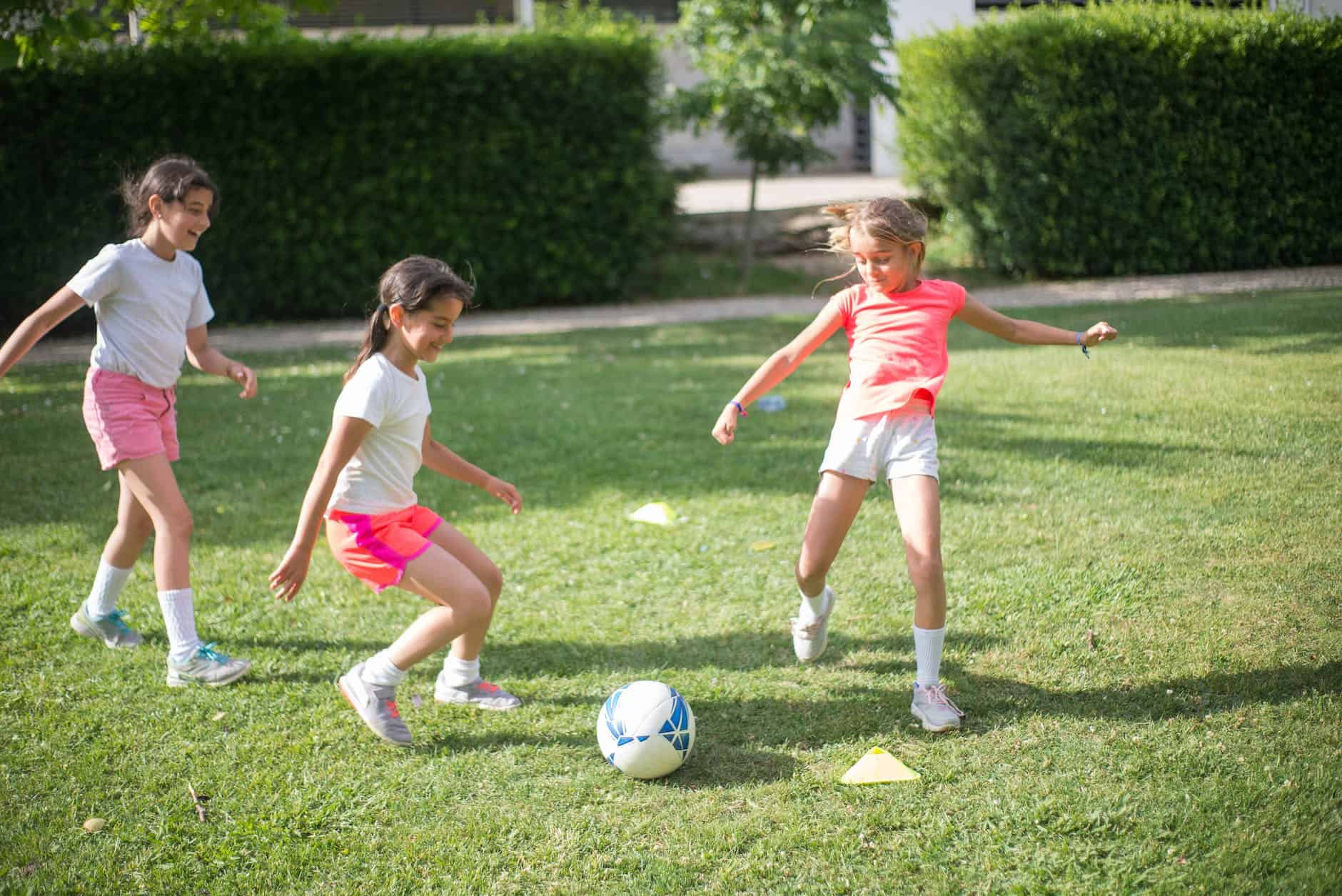What Are the Benefits of Structured Recess?

|
Getting your Trinity Audio player ready...
|
What is structured recess?
Structured recess incorporates structured play, in which games and activities are taught and led by school staff. Those in favor of structured recess state that children often need help or suggestions to develop games, and benefit from encouragement to participate in physical activities.
What do educators think about structured recess?
Although some advocate for structured recess because it can increase physical activity for children and in turn help combat obesity, others are concerned that structured recess will take away from the idea of unstructured recess, which gives the child a break to make personal choices about what kinds of activities to engage in (e.g., talking, moving, imagining).
What are the benefits of structured research?
- Children may benefit from game instruction and encouragement to feel more connected to the classroom environment.
- Children can be coached to develop interpersonal skills, which they can then use for conflict resolution.
- Children of different academic skill levels can actively participate in the same activity.
- Teachers have reported improved behavior and attention in the classroom after vigorous activities during structured recess.

Additional Considerations About Structured Recess
Staff need training for structured recess.
Structured recess requires that school staff receive appropriate training so that they are able to address and encourage the diverse needs of all students, and facilitate social relationships among children by encouraging inclusiveness in games.
Structured recess should not replace physical education.
Physical education is important for students’ instruction in and acquisition of new motor skills, exploration of sports, and the notion of lifelong physical fitness.
Recess should be viewed as a supplement to physical education class.
There are levels of structured play.
Recess activities can range from fully structured (with the adult directing and requiring participation), to partly unstructured (with adults providing supervision and initial instruction), to fully unstructured (supervision and social guidance).
In structured, partly structured, or unstructured environments, activity levels vary based on school policy, equipment provided, encouragement, age group, etc.
There are methods for encouraging a physically active recess, without necessarily adding structured, adult-led games.
Schools can offer fun, safe playground equipment to stimulate free play; establish games/boundaries painted on the playground; or instruct children in games (e.g., four square or hopscotch).
Weigh the pros and cons of structured play at recess.
The potential benefits of requiring participation in structured recess must be weighed against the potential for limiting the development of social and emotional skills.






